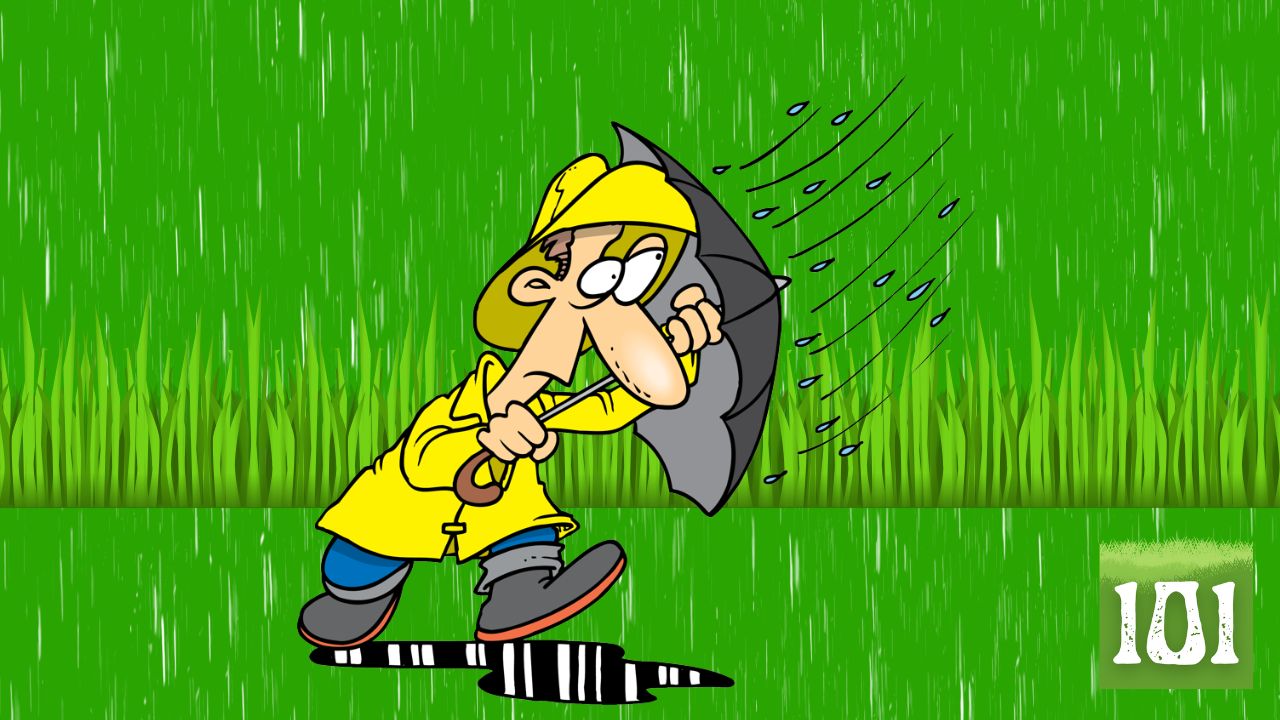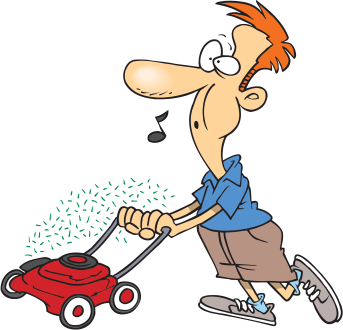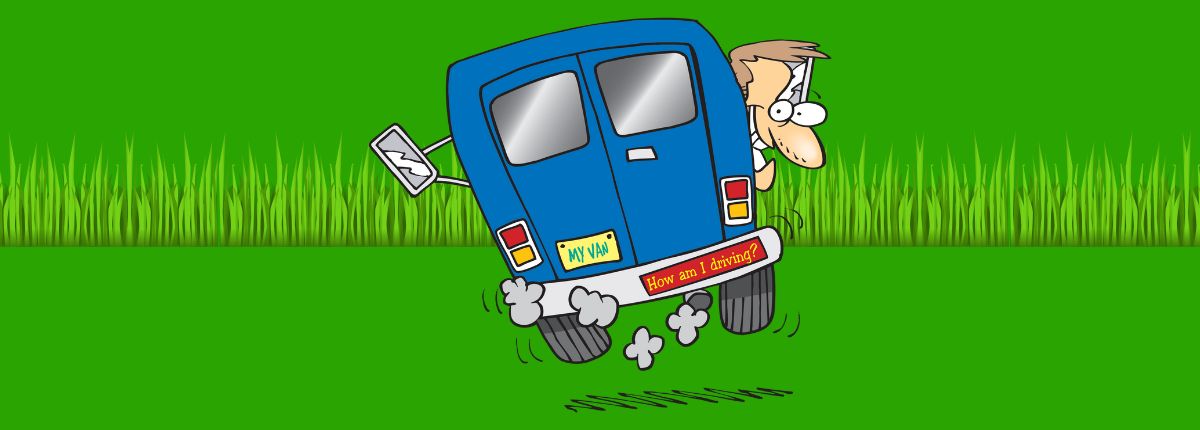We work no matter what the weather is doing and on rainy days it’s no different. The secret to a good mow on a rainy day is to keep your machine clean
This may not work for everyone but it works for me.
Once a mower clogs once, that tends to be it for the rest of the day. It’s going to keep getting fouled up. I have a technique that works well and keeps your mower running well all day.
First, do not go out with worn or blunt blades. This is going to make your job so much harder.
Secondly, keep your chute clean. This is normally the first sign of trouble. I use a stop-and-tap method. I know how much I can usually get in my catcher. On a wet day, I allow for about a third of a catcher before I stop unhooking the catcher, cleaning the chute, and taping the grass to the back of the catcher. Do not try to clean the chute while the mower is running.
This takes a bit longer but it will keep the mower running all day.
Lawnmowing101 Membership

Build a six-figure lawn care business
Lawn Care Software

Get Your Lawn Care Business Running Smoothly
Easier for you and your customers. Jobber helps you quote, schedule, invoice, and get paid—all in one place.
I should also mention that this is my method using a Testarossa. I have a new lawn master mower that fills up the catcher every time wet or dry so I guess this would also depend on the machine you are using.
When it comes to wet weather gear, I have a couple of techniques.
The first thing I do is have a pair of wet weather pants that I cut into shorts. I also wear shorts with sock oil skin sock protectors on wet days (I hate getting my feet wet)
I then have two raincoats on hangers in my van. I wear one and hang the other to dry. I swap them out all day. If the rain stops for a bit I will have my raincoat on the wing mirror while I work to dry it out.
Listen to audiobooks while you work.

With a sixty-day free trial
Discover millions of ebooks, audiobooks, and so much more for just $9.99/month.
If there is bad flooding in an area of the lawn and I can use a mower I will use a weed eater. If there is more than one area like this on a lawn I am starting to move into the go-home territory.
My policy is that if the rain is solid for four hours, then the day is a write-off.
I’m not completely mad.
Happy mowing guys
Get tips & tricks on how to grow a profitable lawn care business delivered to you inbox every week.






Leave a Reply